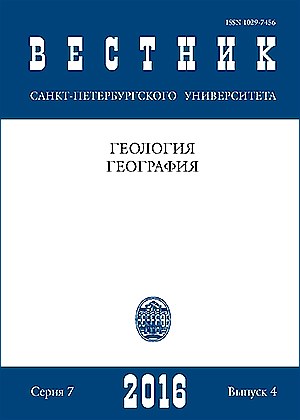A scientific substantiation of the recommendations of HELCOM to reduce the nutrient load on the the Gulf of Finland from Russia
DOI:
https://doi.org/10.21638/11701/spbu07.2016.405Abstract
Improvement of the mathematical model of nutrient load in the catchment area was carried out. Now the model allows to evaluate changes in the removal of nutrients, depending on the optimization of agricultural production. Quotas to reduce the nutrient load between diff erent parts of the catchment area of the Russian Gulf of Finland using the recommendations of the HELCOM Baltic Sea Action Plan are promulgated.
Keywords:
mathematical model, nutrient load, quota on load reduction
Downloads
References
References
Downloads
Published
How to Cite
Issue
Section
License
Articles of "Vestnik of Saint Petersburg University. Earth Sciences" are open access distributed under the terms of the License Agreement with Saint Petersburg State University, which permits to the authors unrestricted distribution and self-archiving free of charge.






